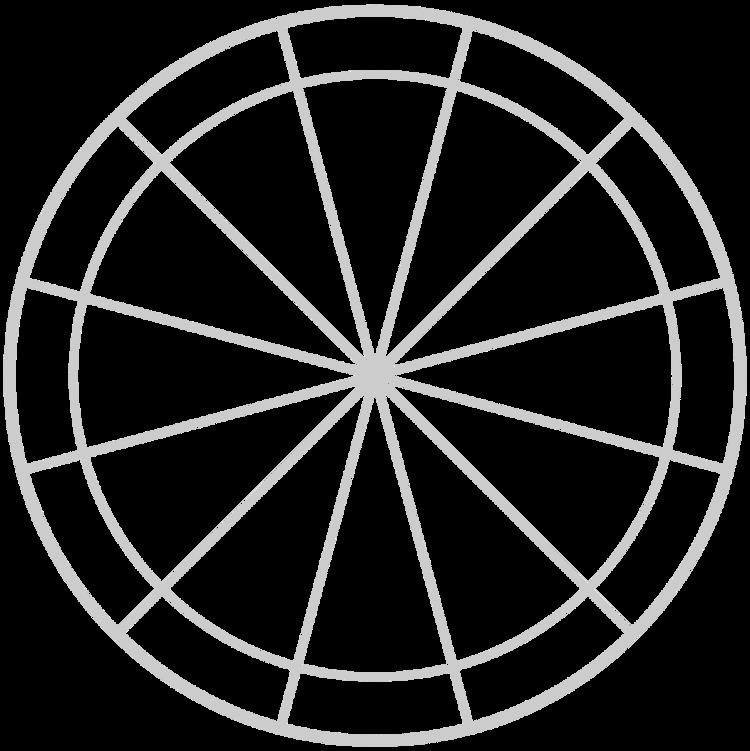 | ||
The Thema Mundi ("World Theme", with 'theme' being a word that also means chart) was a mythical horoscope used in Hellenistic astrology that shows the supposed positions of the seven visible planets (including the Sun and Moon) at the beginning of the universe. It purports to exemplify the logic behind the sign rulerships, exaltations, and meanings of the aspects, among other things. The purely symbolic nature of the chart is readily perceived from the impossible positions of Venus and Mercury in it. In the late Middle Ages there has been a confusion between a horoscope of the world and the thema mundi.
Contents
The chart significantly diverges from the theory that the houses and the signs are directly correlated. Modern astrology assumes that Aries, the first sign, conveys its character to the first house. Instead, the thema mundi has Cancer in the ascendant, suggesting that nature, rather than being aggressive (in correspondence to Aries and Mars), is nurturing (in accord with the symbolism of Cancer and the Moon).
Structure
The Thema Mundi shows:
Rationale
The Thema Mundi's structure provided a backing for many of the concepts in Hellenistic astrology.
Planetary domiciles
The Sun and Moon, the two luminaries, are assigned to the two signs that correspond to the brightest and warmest times of the year in the Northern Hemisphere, Cancer and Leo. The other planets are assigned to signs by halving the zodiac between Cancer and Leo and assigning each planet to one sign on the solar half and each on the lunar half. Mercury is assigned to the two signs next to the luminaries, Gemini and Virgo, because it never travels more than one sign away from the Sun. Venus is assigned to the next two signs, Taurus and Libra, because it never gets more than two signs away. Jupiter and Mars are assigned to their signs Sagittarius and Pisces, and Aries and Scorpio, respectively, in this same way. Finally, Saturn is assigned to Capricorn and Aquarius because of the cold and lack of light during this time of the year.
Astrological aspects
The natures of astrological aspects are determined by the planets' configurations to the luminaries in the Thema Mundi. In it, the aspects made by the planets correlate with their benefic or malefic classification.
